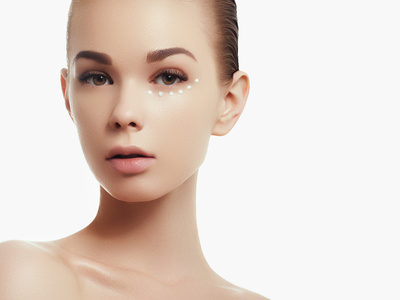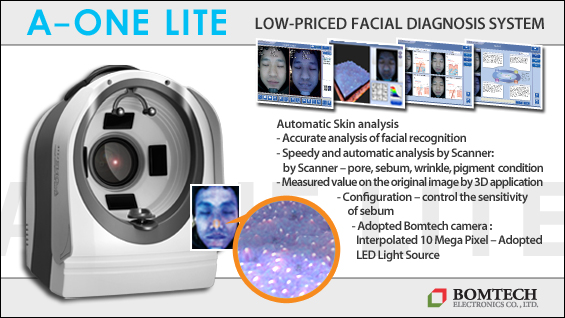

This flattens the lipid vesicle, allowing them to stack up in layers and eventually form an accordion-like pattern of the lipid layer. LGs exit to stratum corneum to trigger deglycosylation of AcylGlcCer, which converts it to acylceramide. The extracellular lipid layer thus formed serves as the hydrophobic barrier of the intercellular lipids.
Linoleic acid is a key ingredient in synthesis of acylceramide and plays an important role in the water permeability of epidermis and stratum corneum. Lack of essential fatty acids leads to disintegration of the skin barrier and increased transepidermal water loss (TEWL). Supplementing linoleic acid to AcylGlcCer and acylceramide was found to alleviate such symptoms. Ceramide plays an important role in maintaining the cellular structure as well as the permeability barrier.
In most cases with damaged skin barrier, ceramide is deficient or degraded. Topical application of ceramide-1 and ceramide-3 in the irritated are of the skin after cleansing with sodium lauryl sulfate was found to maintain hydration and recover the barrier function.
Skin barrier functions are damaged due to malformation of extracellular ceramide. Glucosylceramide and sphingomyelin are synthesized to enter into the LGs. Hydrolytic enzymes such as glucosylceramide-β-glucosidase and acid sphingomyelinase also enter the LGs and are released onto cells between the stratum corneum and granular layer. If a genetic problem occurs in the extracellular hydrolytic process, the probarrier of acylglucosylceramides fails to form, which leads to severe skin barrier damage.
Outside the cornified envelope (CE,) ω-hydroxyceramide forms a covalent bond to create a lipid envelope. ω-hydroxyceramide forms an intracellular ester bond with involucrin. Involucrin is bonded with extracellular lipids as well as other intracellular envelope proteins. AcylGlcCer is an acylceramide which becomes ω-hydroxyceramide in the cell membrane. Two thirds of LG AcylGlcCer exists on the bounding membrane. ω-hydroxyceramide escapes to the surface of the cells when the LG bonding membrane fuses with granular cell membrane.
[Advertisement] A-One LITE(Facial Diagnosys System) – Manufacturer: BOMTECH(www.bomtech.net)
Cornified Envelope (CE)
Each keratinocyte has a hard protein envelope of about 10nm in thickness. This is called cornified envelope (CE). ROS forms in and out of cells through cell metabolism, inflammation, and UV exposure, etc. This leads to damage in proteins, lipids and DNA, which then promotes apoptosis, malignant change, and aging. Such oxidative degradation occurs more often in the epidermis.
To counter this damaging process, enzymes such as catalase and superoxide are needed to neutralize the oxidative action. Suprabasal keratinocytes are stronger against ROS than basal cells. ROS exposure is very high in stratum corneum but the rich cysteine in the CE provides strong defense against ROS. Dead keratinocytes act as an initial shield against ROS. CE also contains small proline-rich protein (SPRR) which is a potent antioxidant that consists of 6-18kDa lysine, glutamine in the head and tail domains.
SPRR gene family include SPRR-1, 2, 3 and 4, and are expressed at epidermal differentiation. SPRR is expressed along with loricrin, involucrin, and filaggrin at the final stage of differentiation. These proteins are cross-linked through sulfhydryl oxidase and transglutaminase at the cell surface to form CE with lipids under keratinocyte membrane.
-To be continued




















